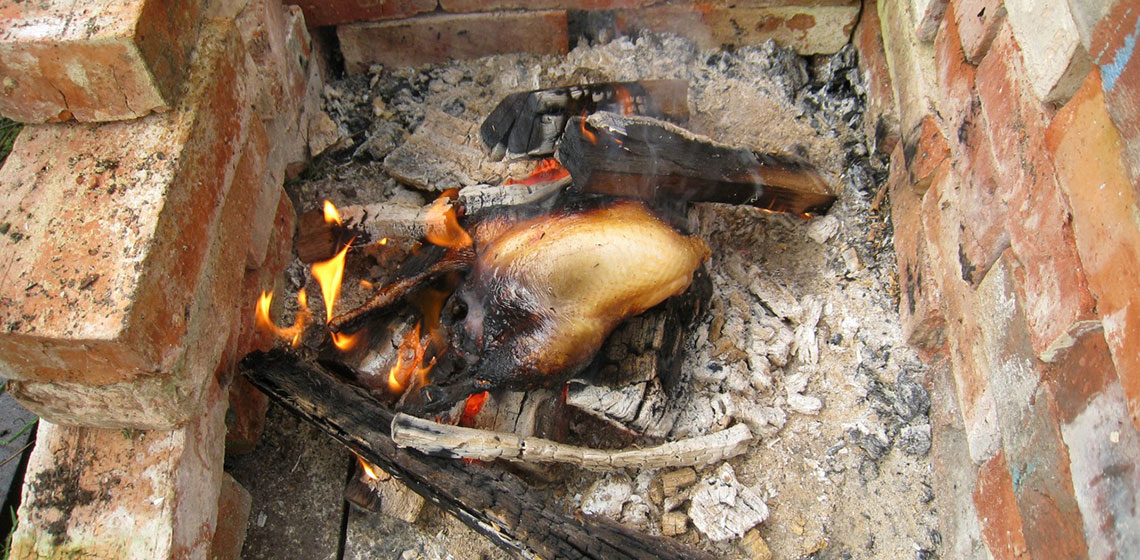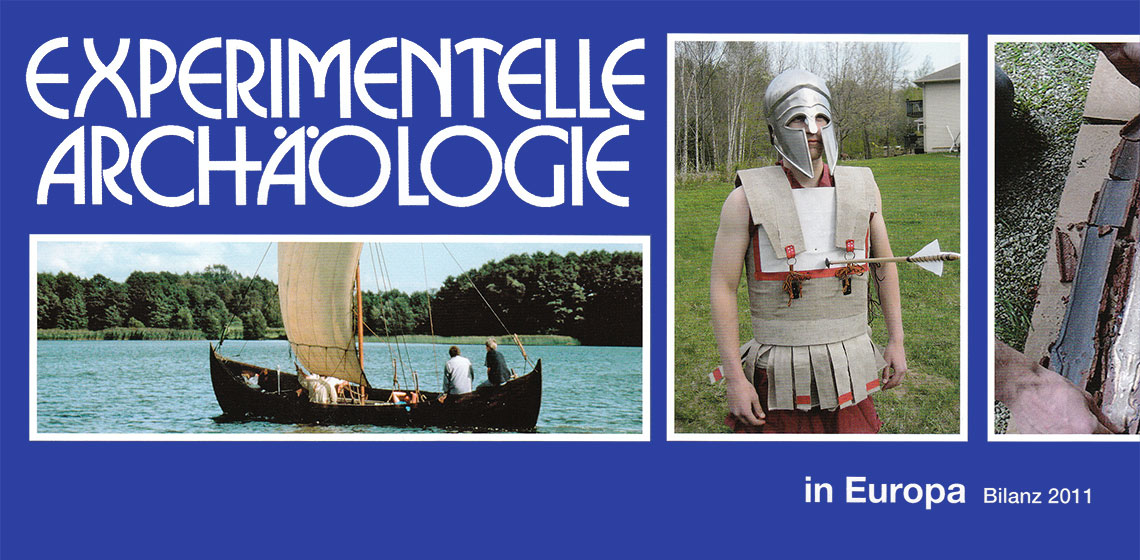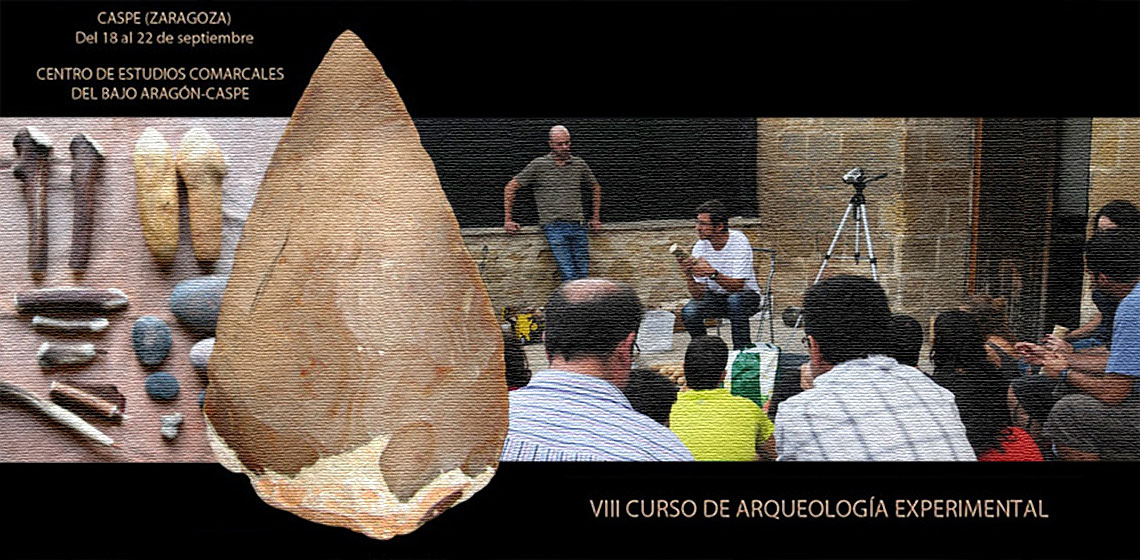Neolithic
Fire and Bone: An Experimental Study of Cremation
***Many bone fragments have been burned in controlled laboratory conditions but few have been burned on outdoor pyres. In order to study and understand cremated bone, it is crucial to conduct experiments in real environmental conditions. In this study several cremations were carried out outdoors...
Lithic Experiments in Rescue Archaeology: a Case from Southern Norway
***The institutional context in which Stone Age knowledge production takes place in Norway is structured by the current system of cultural heritage management (CHM). By virtue of the Heritage Act from 1978 and the regulations on professional responsibilities, the practical work of surveying and excavating prehistoric sites is divided respectively between the 19 County Councils and the five archaeological government museums...
Book Review: The Boyne Currach: from Beneath the Shadows of Newgrange By Claidhbh Ó Gibne
Claidhbh Ó Gibne has devoted himself to building traditional currachs and researching their history. His new volume, The Boyne Currach: From beneath the shadows of Newgrange, puts the currach in the context of the history of...
Book Review: Experimentation and Interpretation, The Use of Experimental Archaeology in the Study of the Past by Dana C. E. Millson
What role does experimental archaeology have in the wider discourse? According to the papers in this book, all of which were presented at the Theoretical Archaeological Group (TAG) conference in Southampton in 2008, a large one...
Conference Review: The 2nd Annual Seminar of Experimental Archaeology in Norway
Twenty-seven participants gathered at Hringariki museum at Hønefoss in Eastern Norway during a two-day conference from September 1st thru 2nd, 2012...
Book Review: Experimentelle Archäologie in Europa, Bilanz 2011
***Bilanz 2011 once again supplies an exciting, diverse and interesting view into the world of experimental archaeology. Published by EXAR in cooperation with the Pfahlbaumuseum Unteruhldingen, Isensee Verlag, Oldenburg 2011, 270 pp, ISBN 978-3-89995-794-5
Conference Review: 7th Experimental Archaeology Conference, Cardiff 2013
***The 7th Experimental Archaeology Conference was held on 12-13th January 2013. This annual event, first held in 2006. This year it was hosted jointly by the School of History, Archaeology and Religion at Cardiff University and St Fagan’s Open-Air Museum. Seventy-five delegates originally booked to attend, but one hundred actually...
Conference Review: 8th Spanish Experimental Archaeology Workshop
Conference Review: VAEE Celebrates 20 Years
If you live in the Netherlands and work with archaeological open-air museums, archaeological experimentation or education, there is a good chance you are a member of VAEE, the Dutch Association for Experimental Archaeology & Education...
Conference Review: Reconstructive & Experimental Archaeology Conference REARC 2012
***The third annual Reconstructive & Experimental Archaeology (Re-Arc) Conference was hosted by the Schiele Museum of Natural History at Gastonia North Carolina, USA, 19-21 October 2012. Although the cost of the conference itself was minimal ($35 pre-registered, $20 for students) the large travel distances within North America always...










